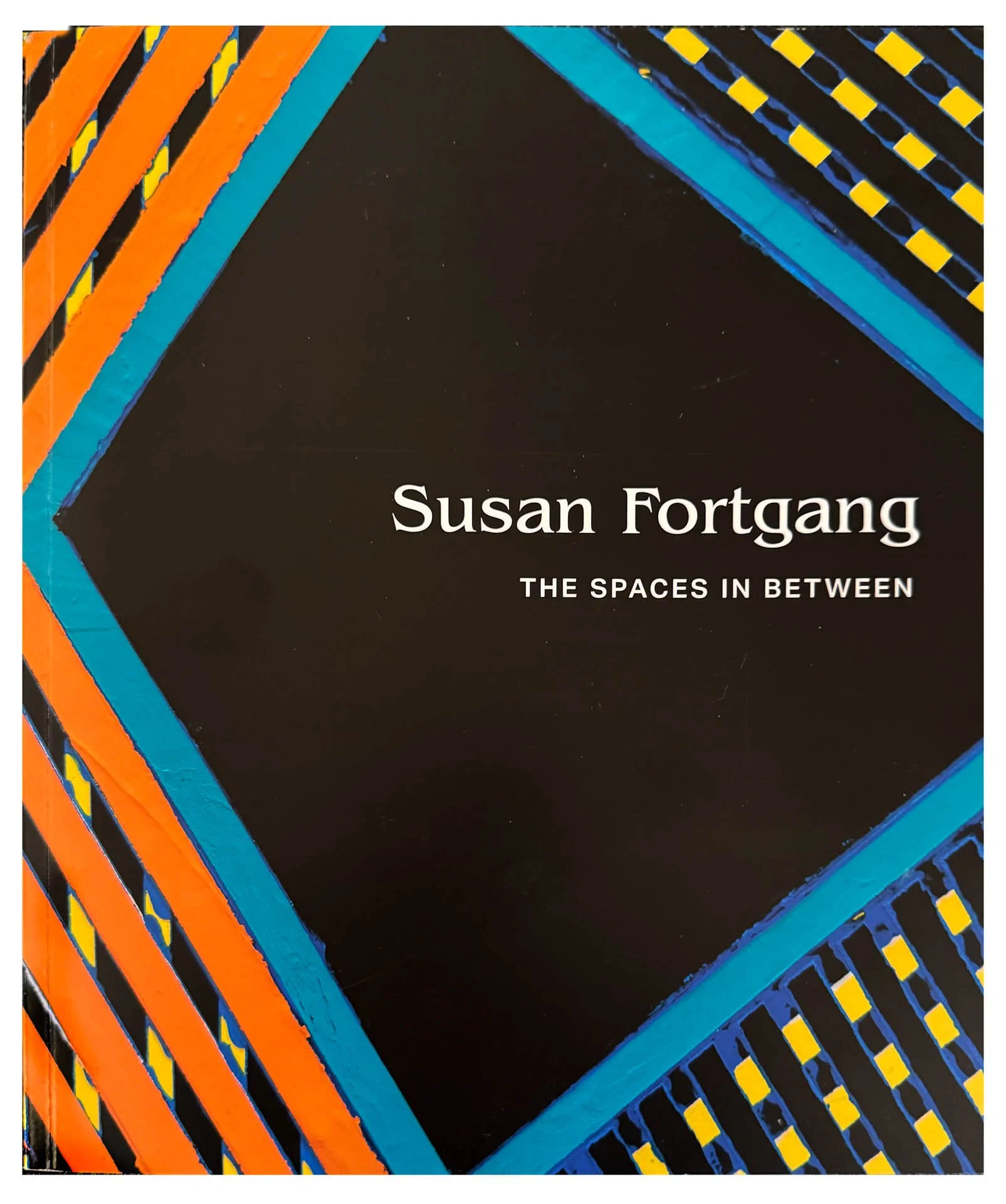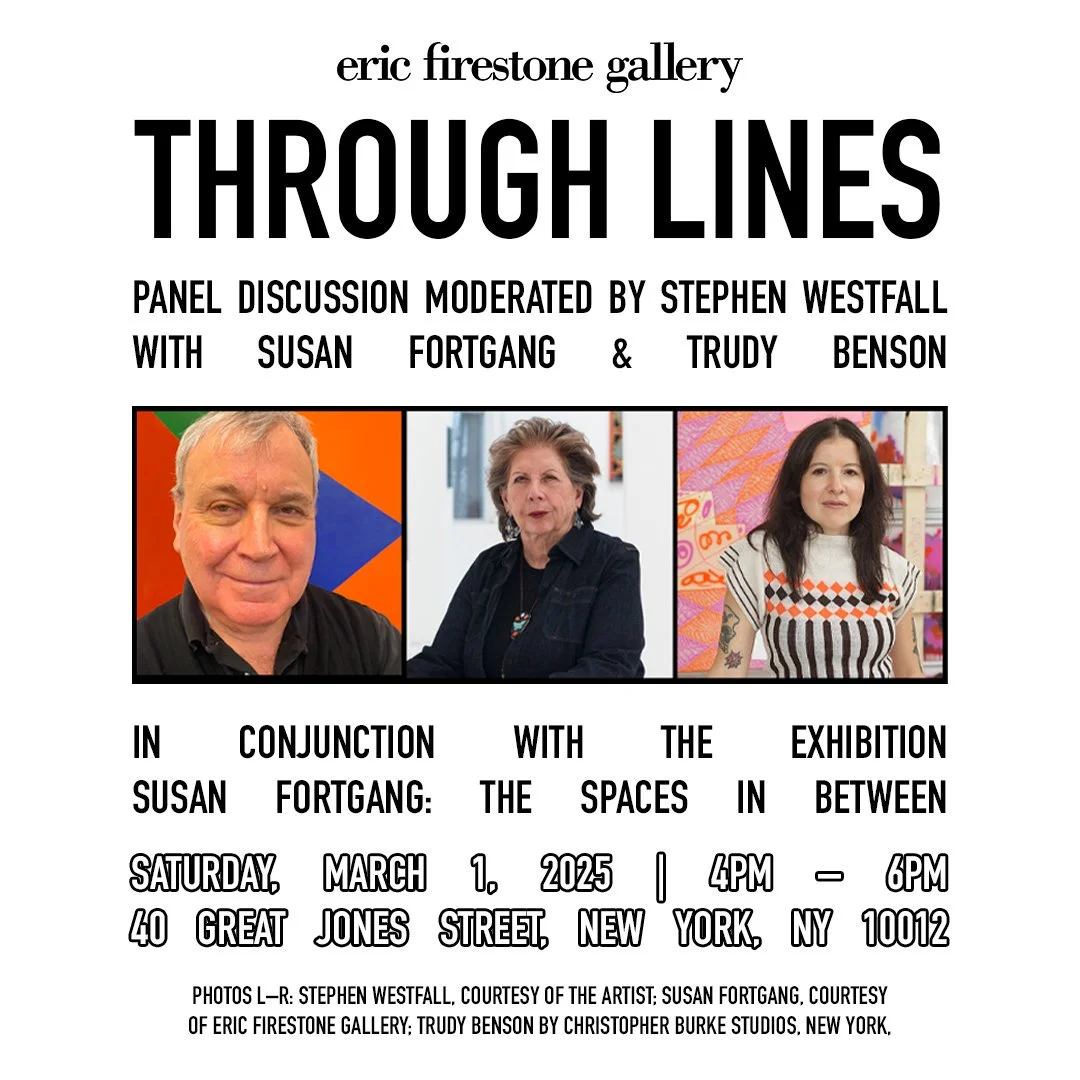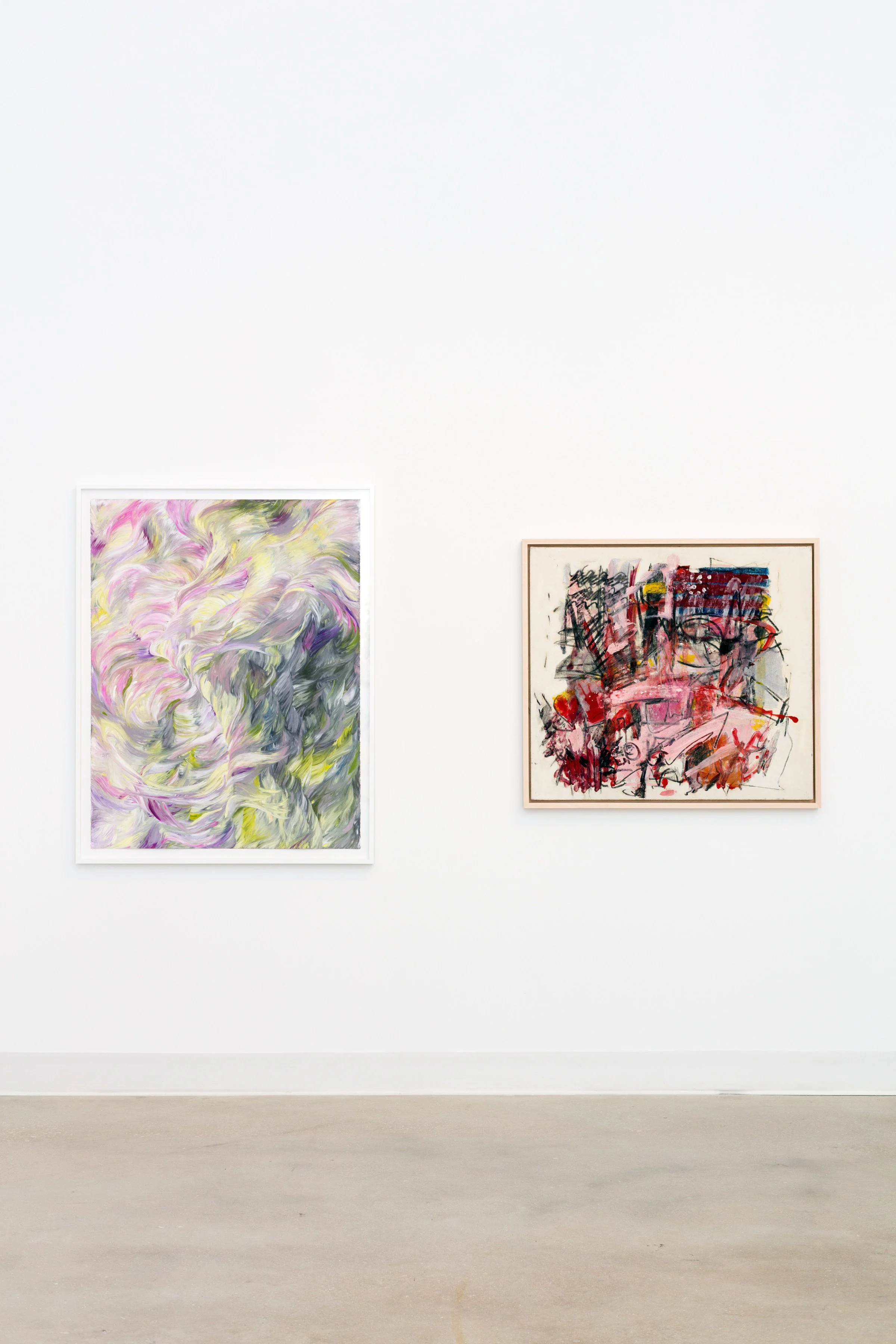One Person Show at Eric Firestone - “The Spaces in Between”
Eric Firestone Gallery is pleased to present Susan Fortgang: The Spaces in Between, a survey of Fortgang’s career spanning from the mid-1960s through the present. The exhibition will be on view at the gallery’s 40 Great Jones Street location from January 15 through March 1.




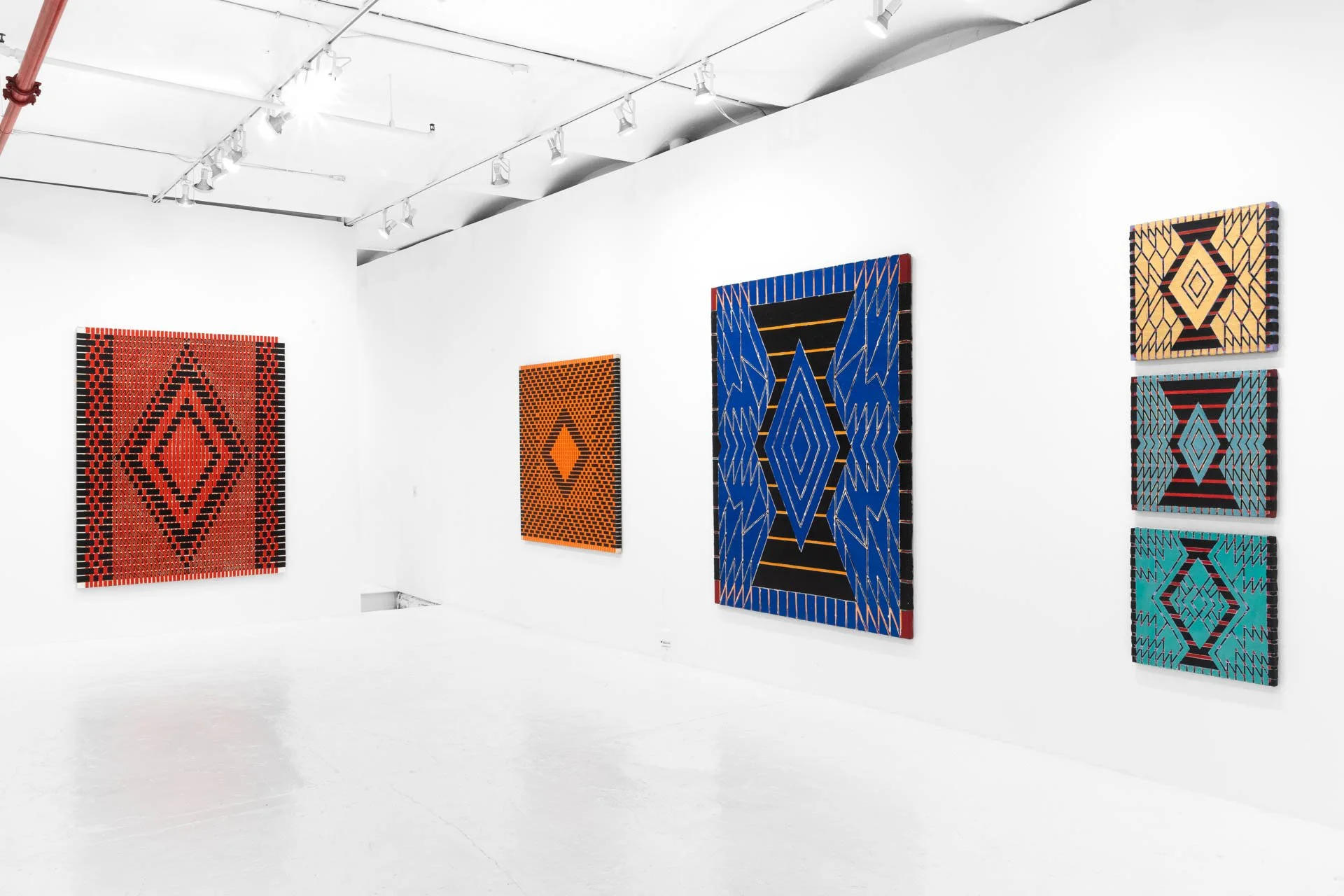

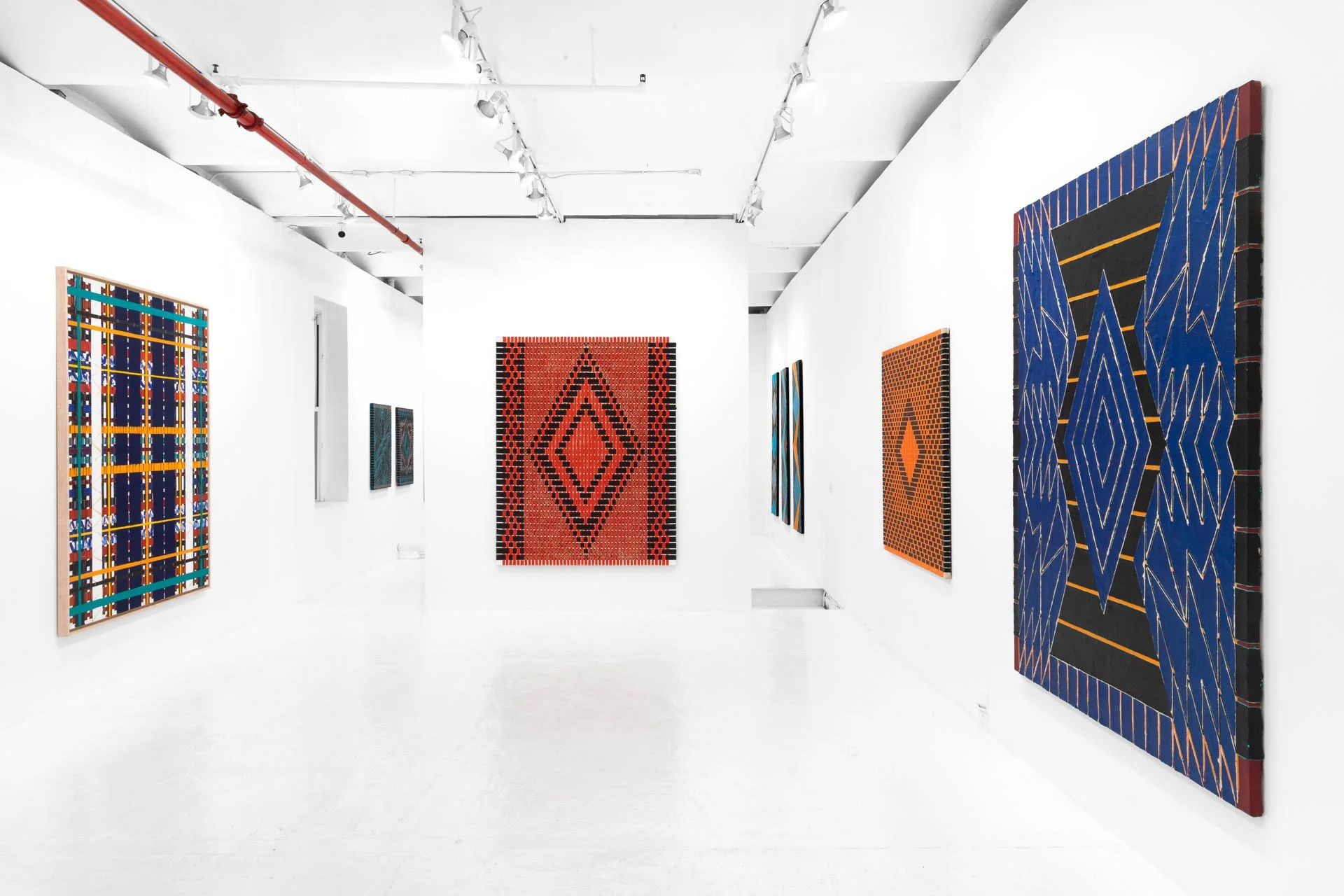
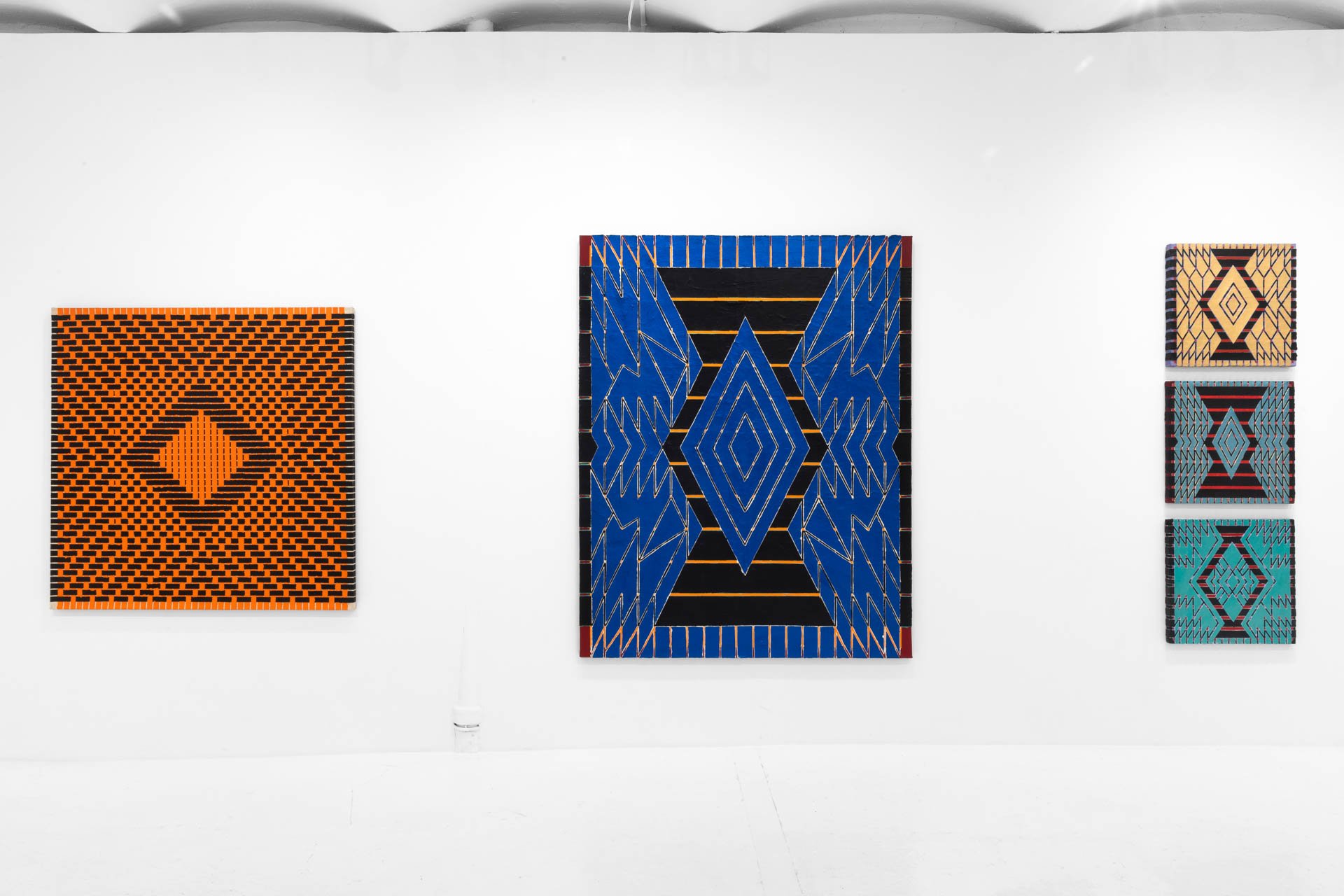


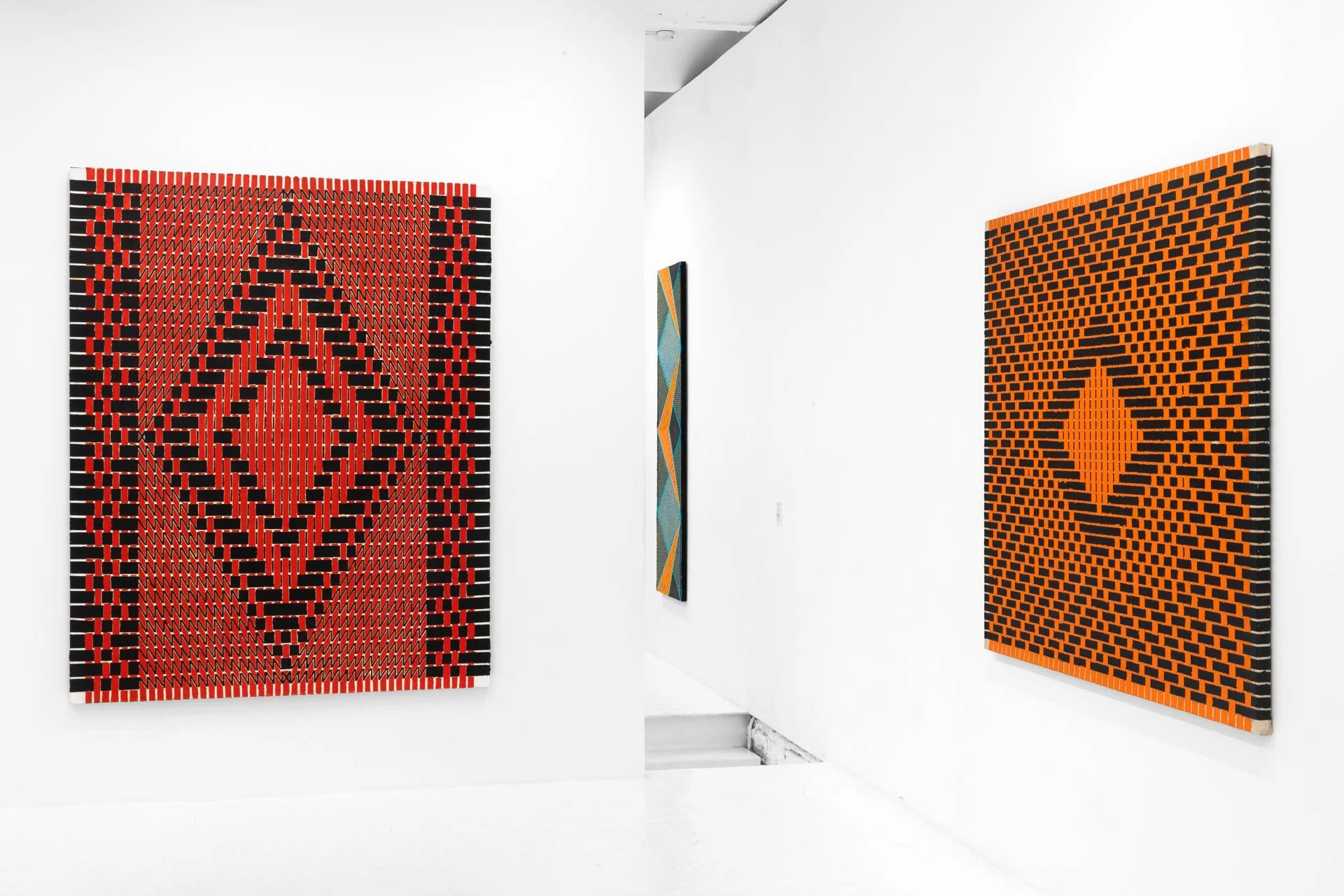
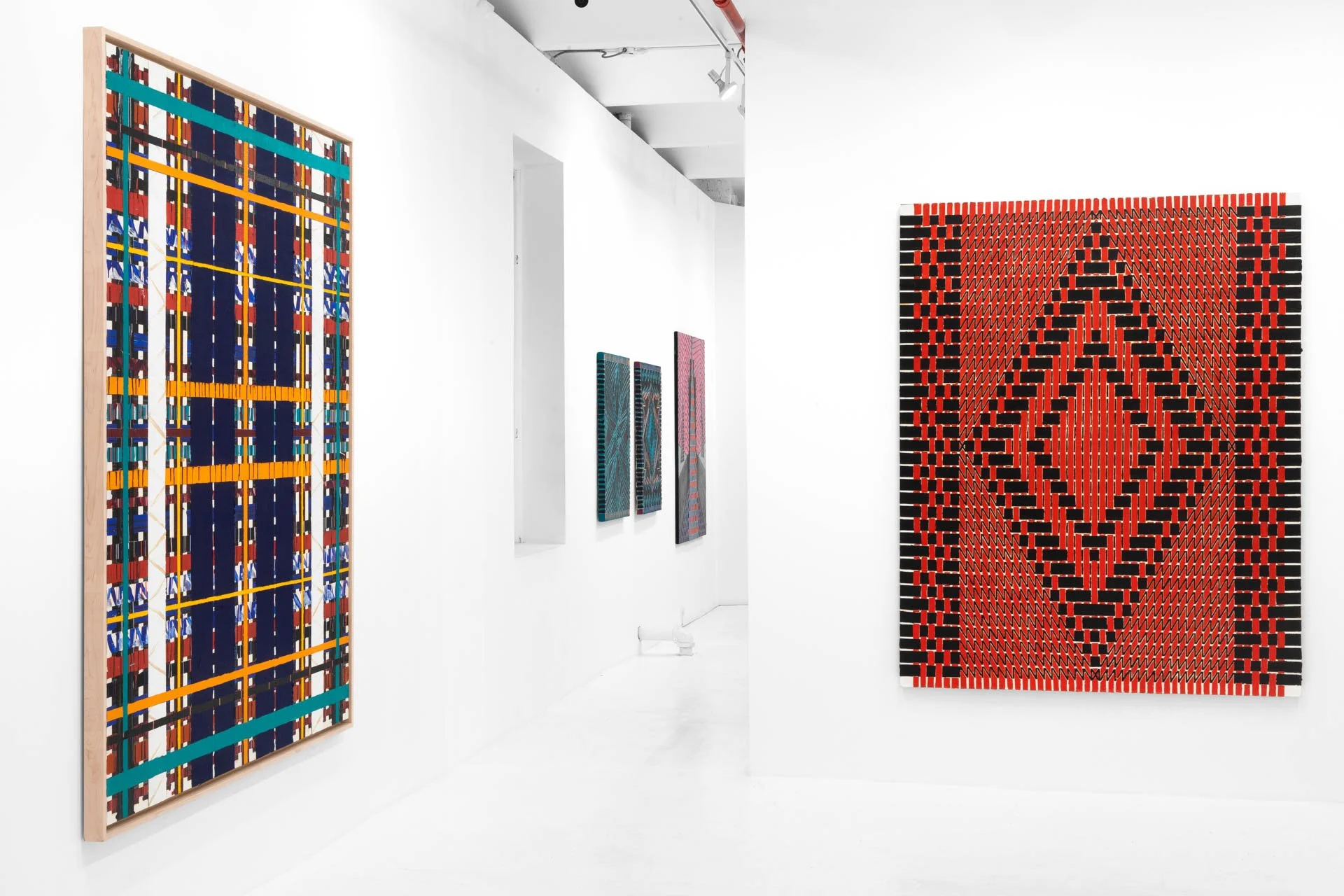



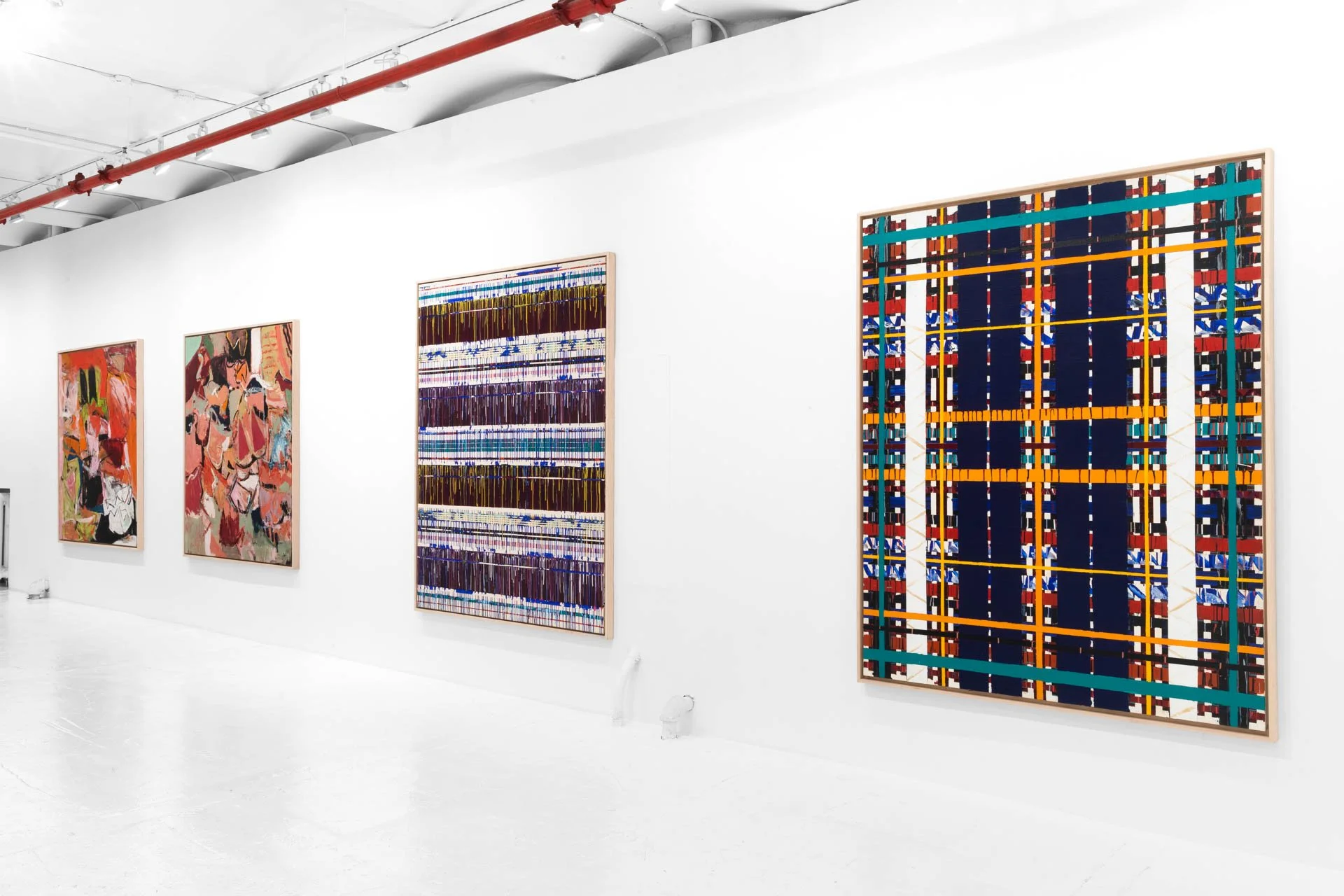



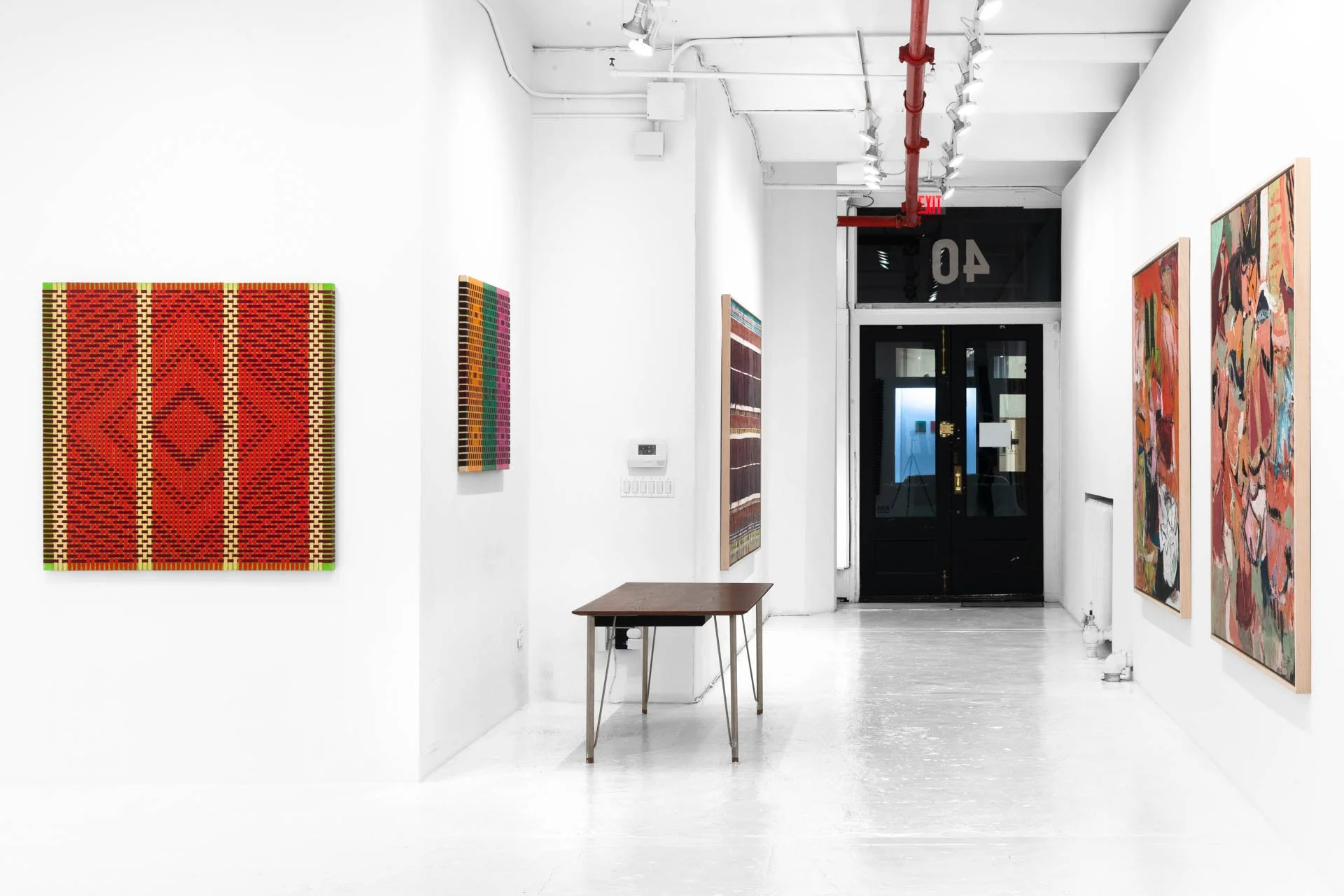

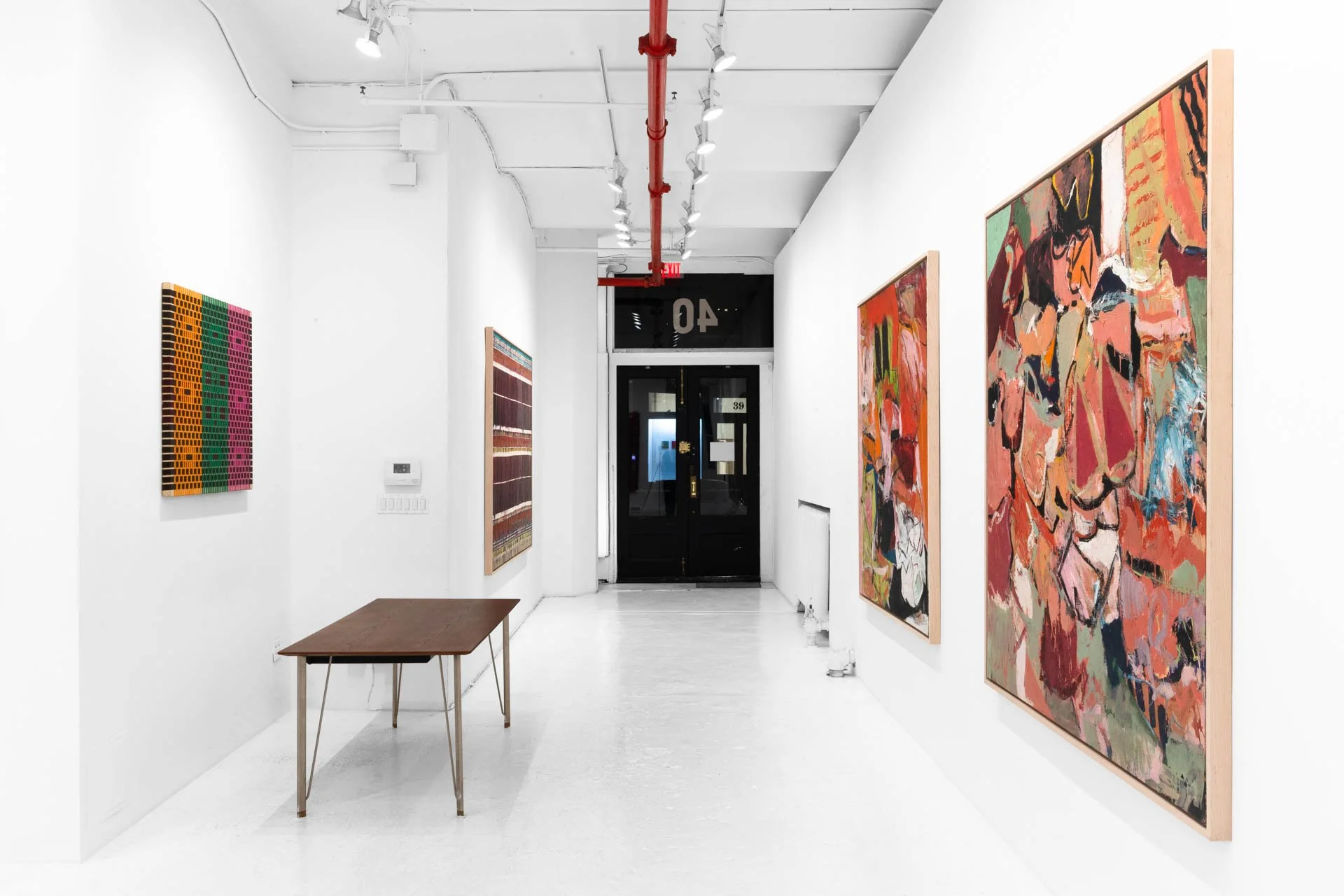

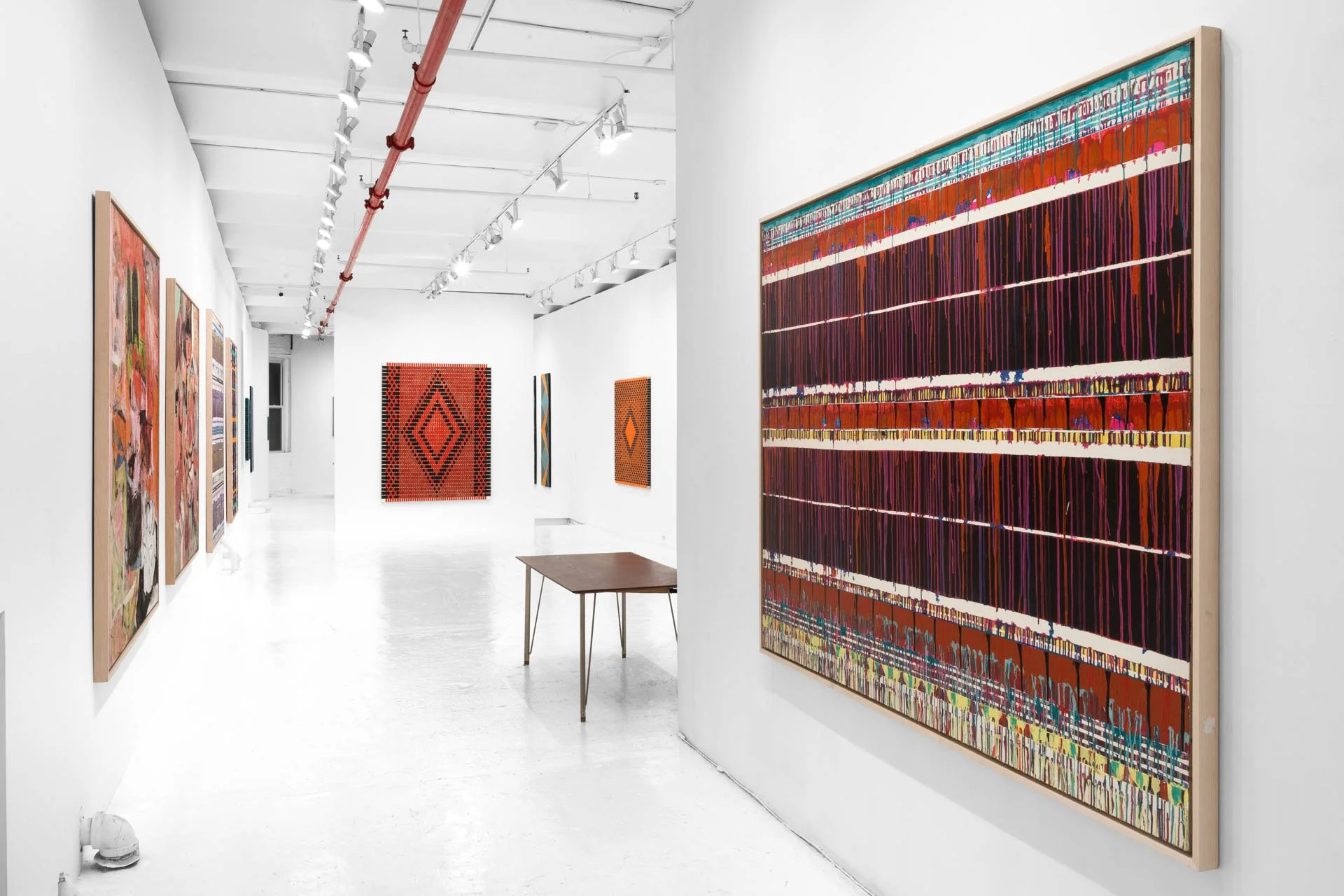
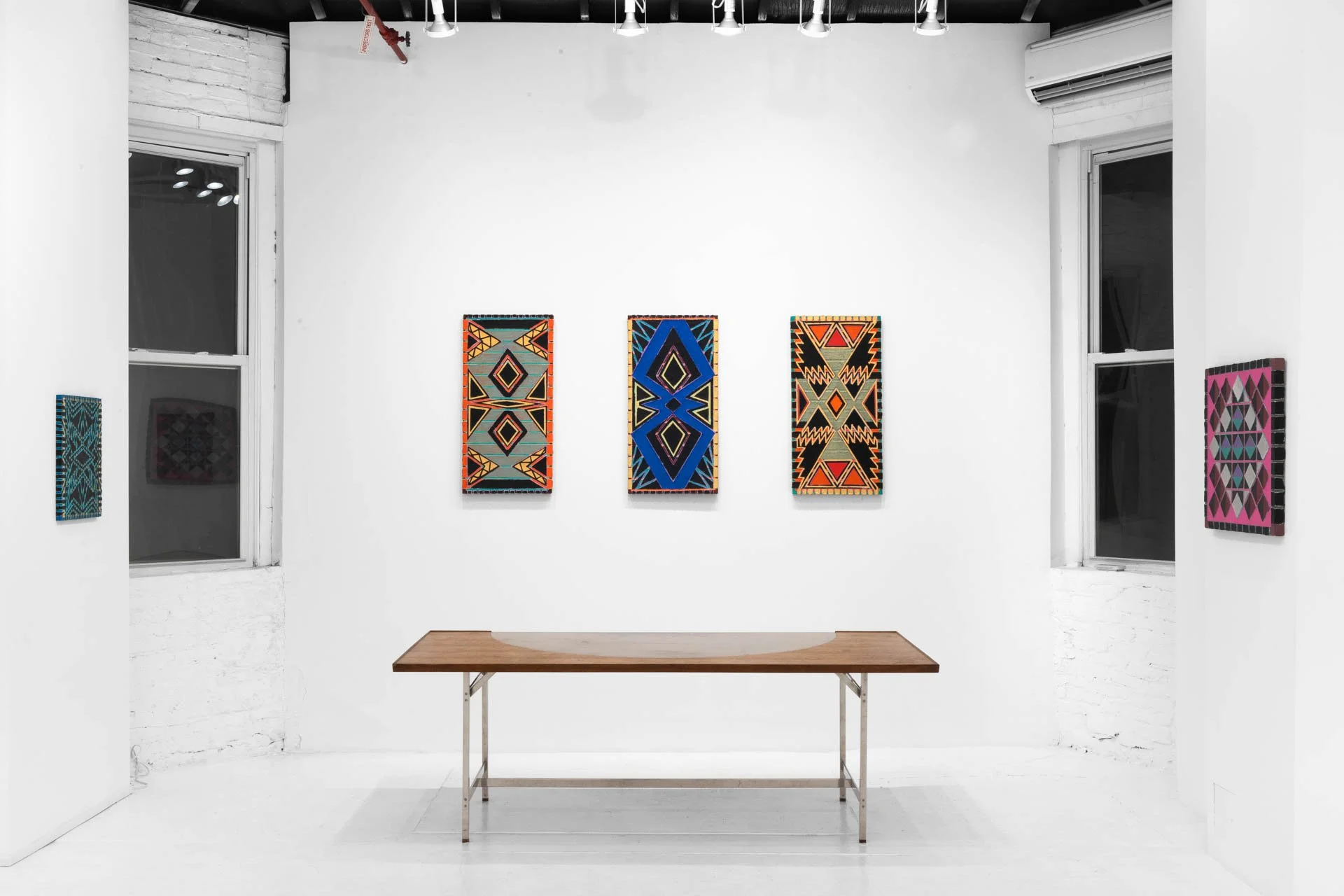






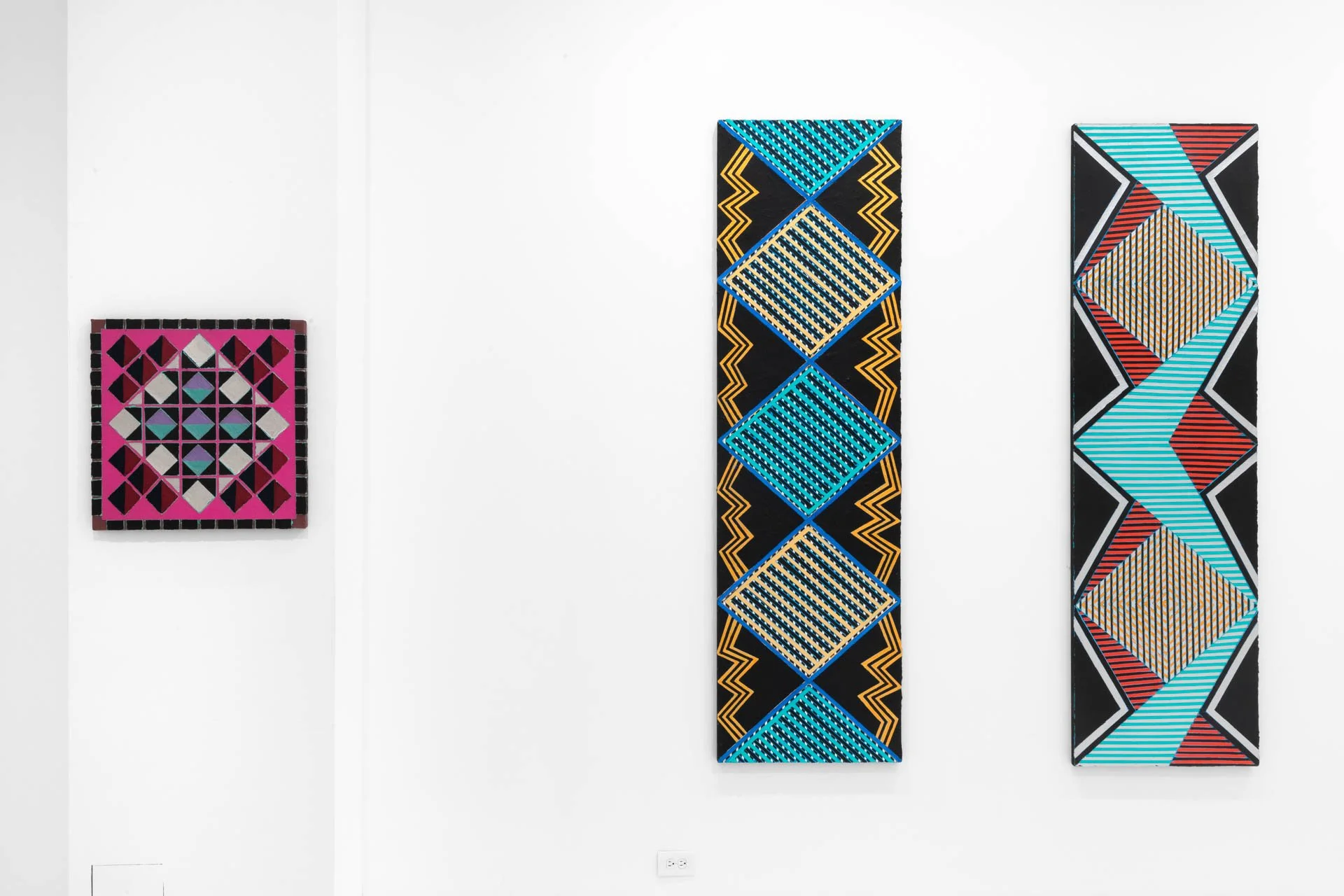

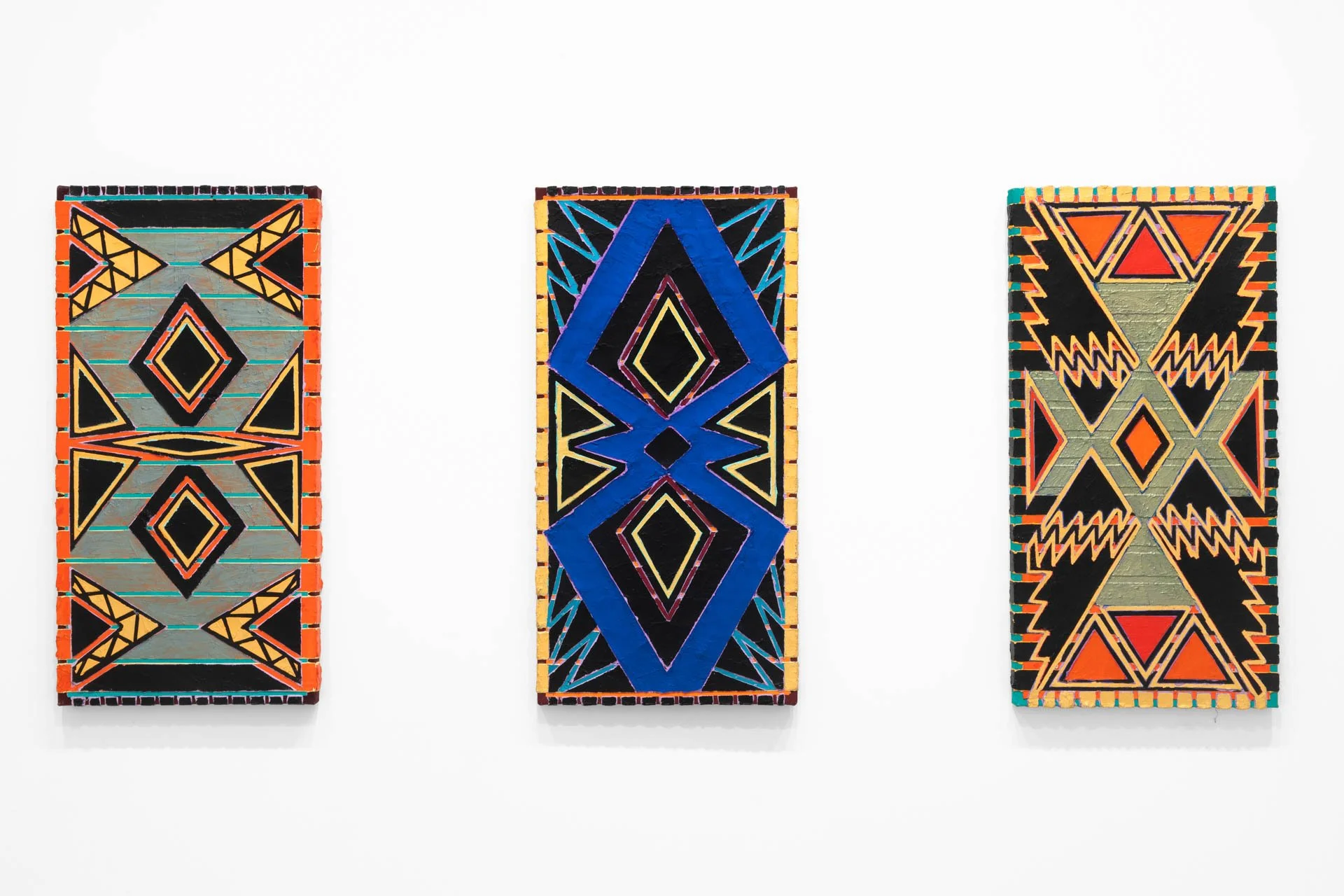

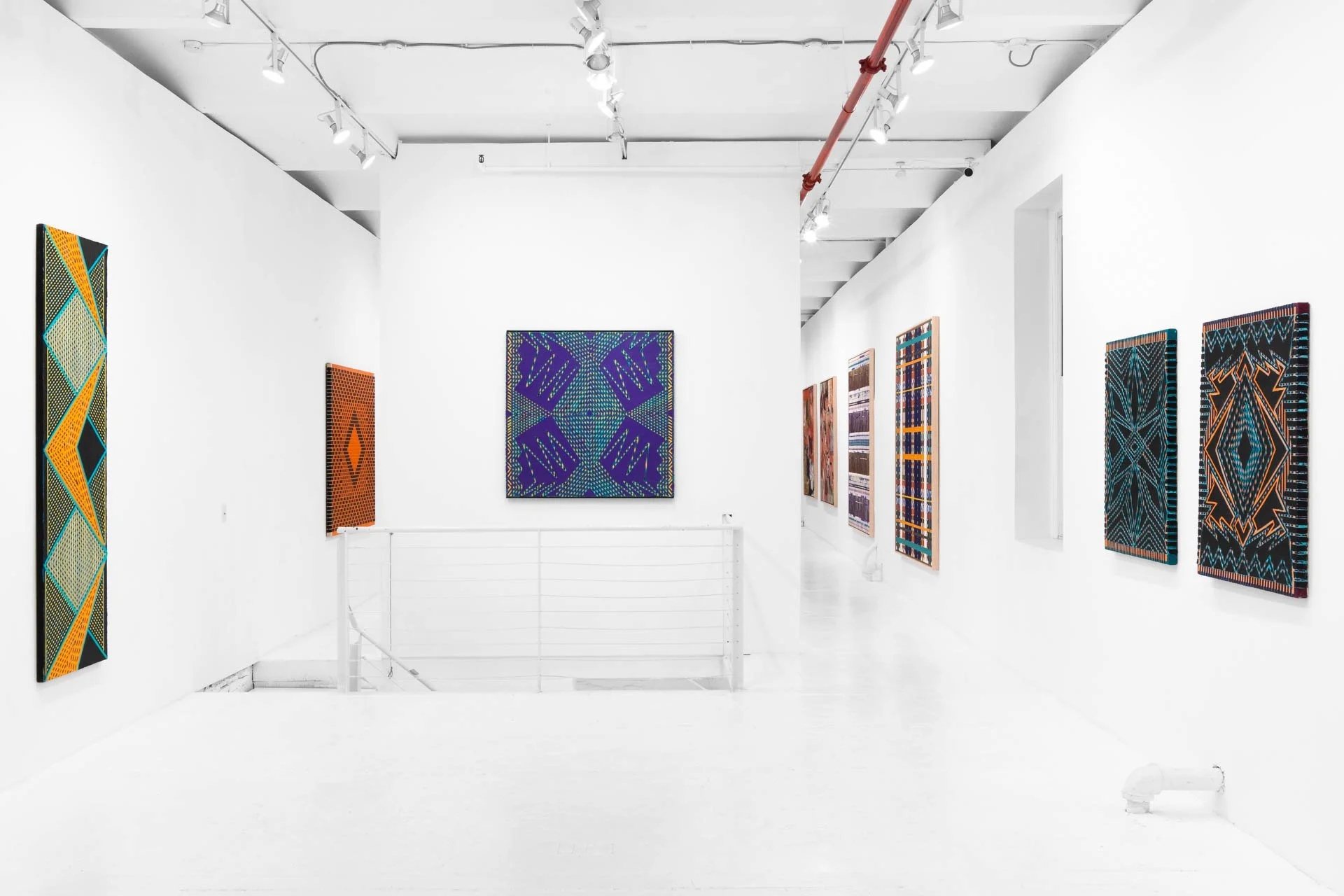
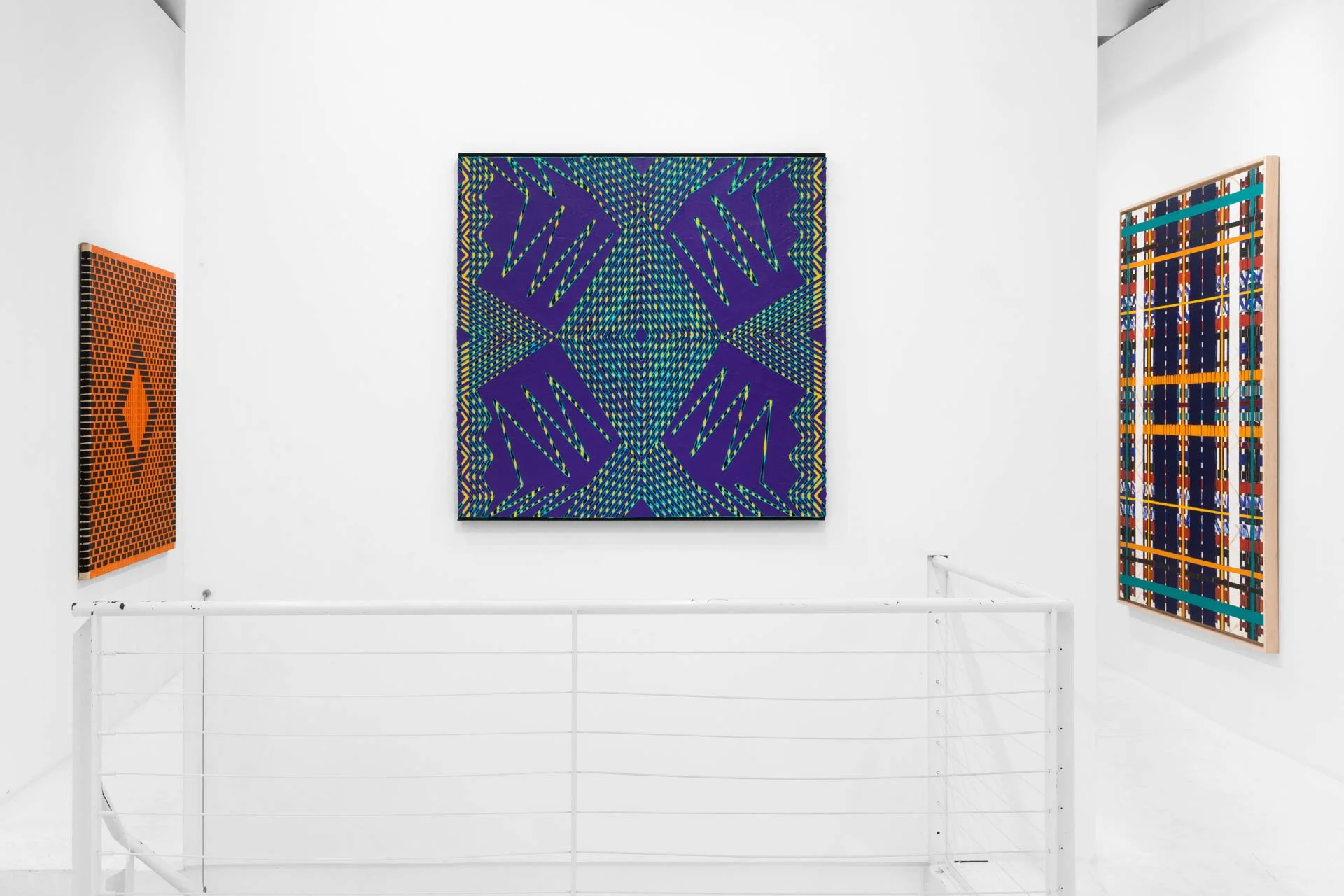

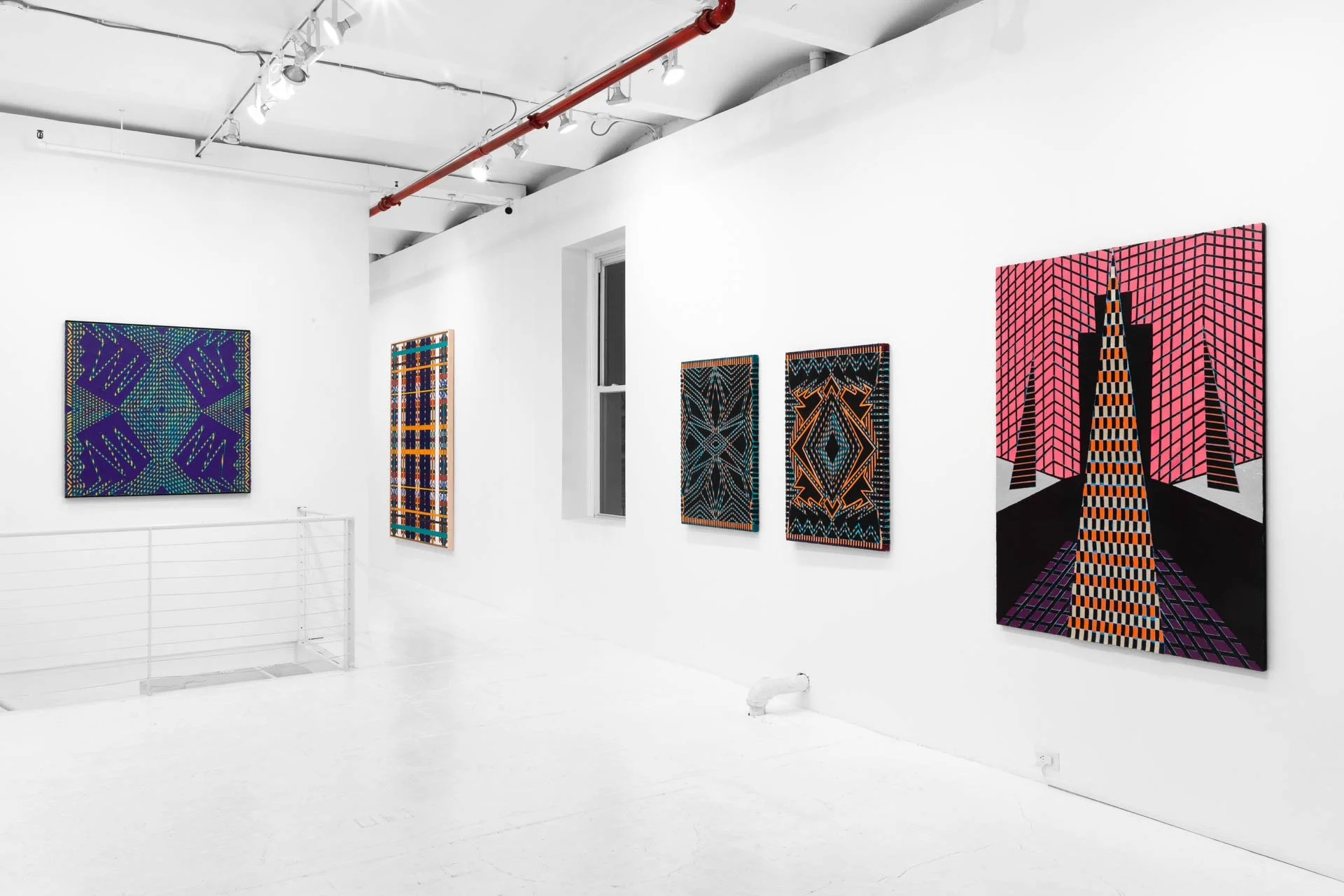



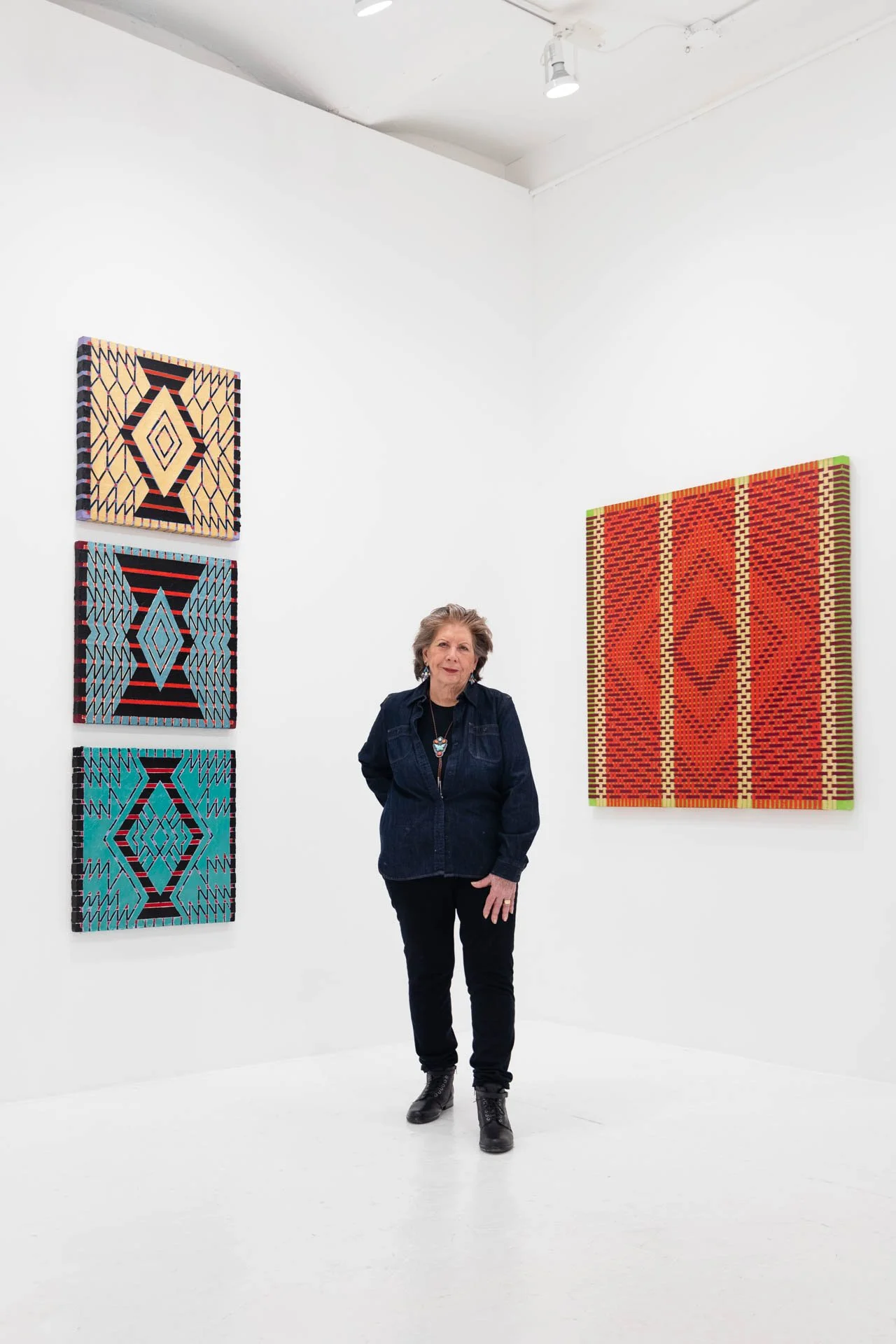

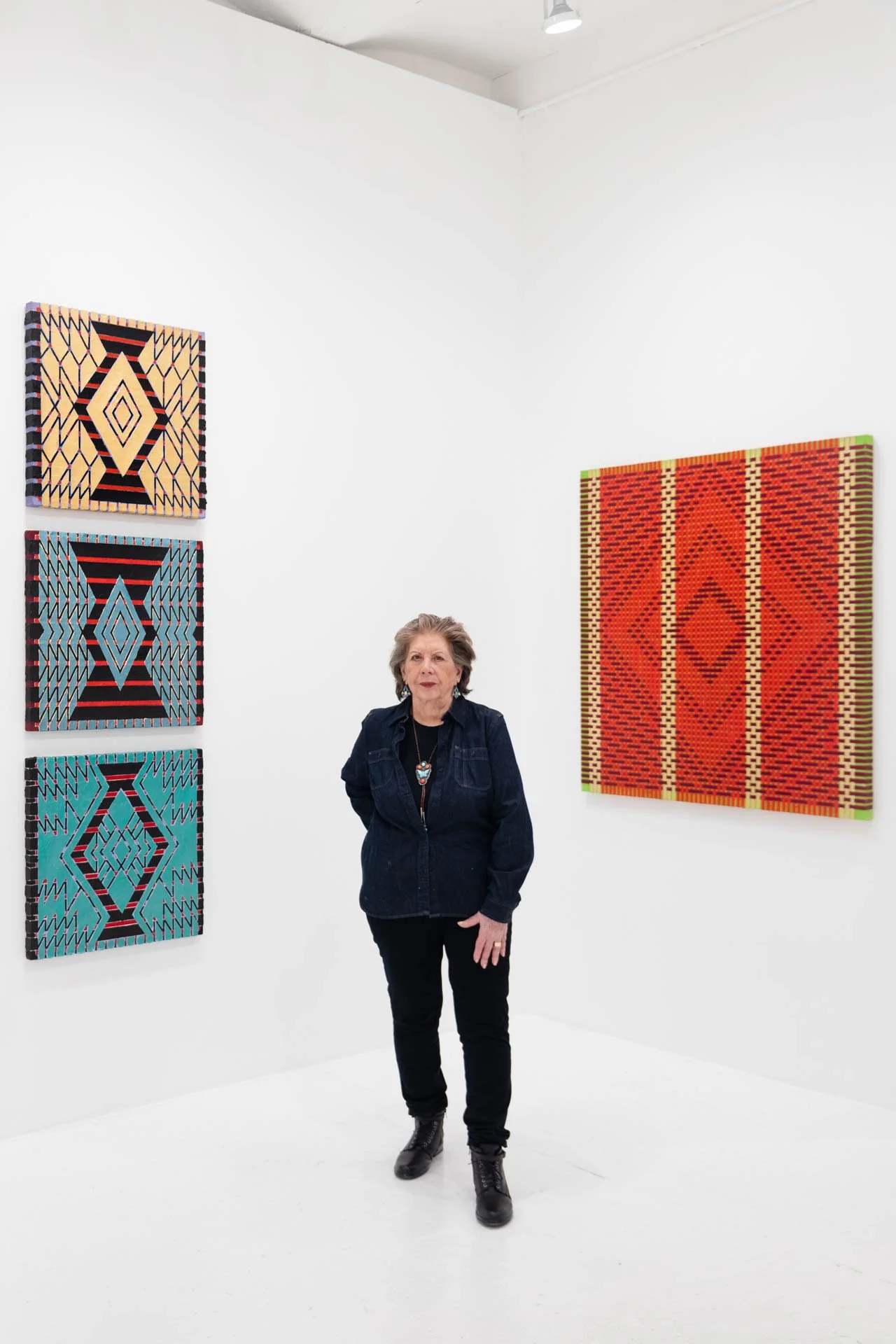
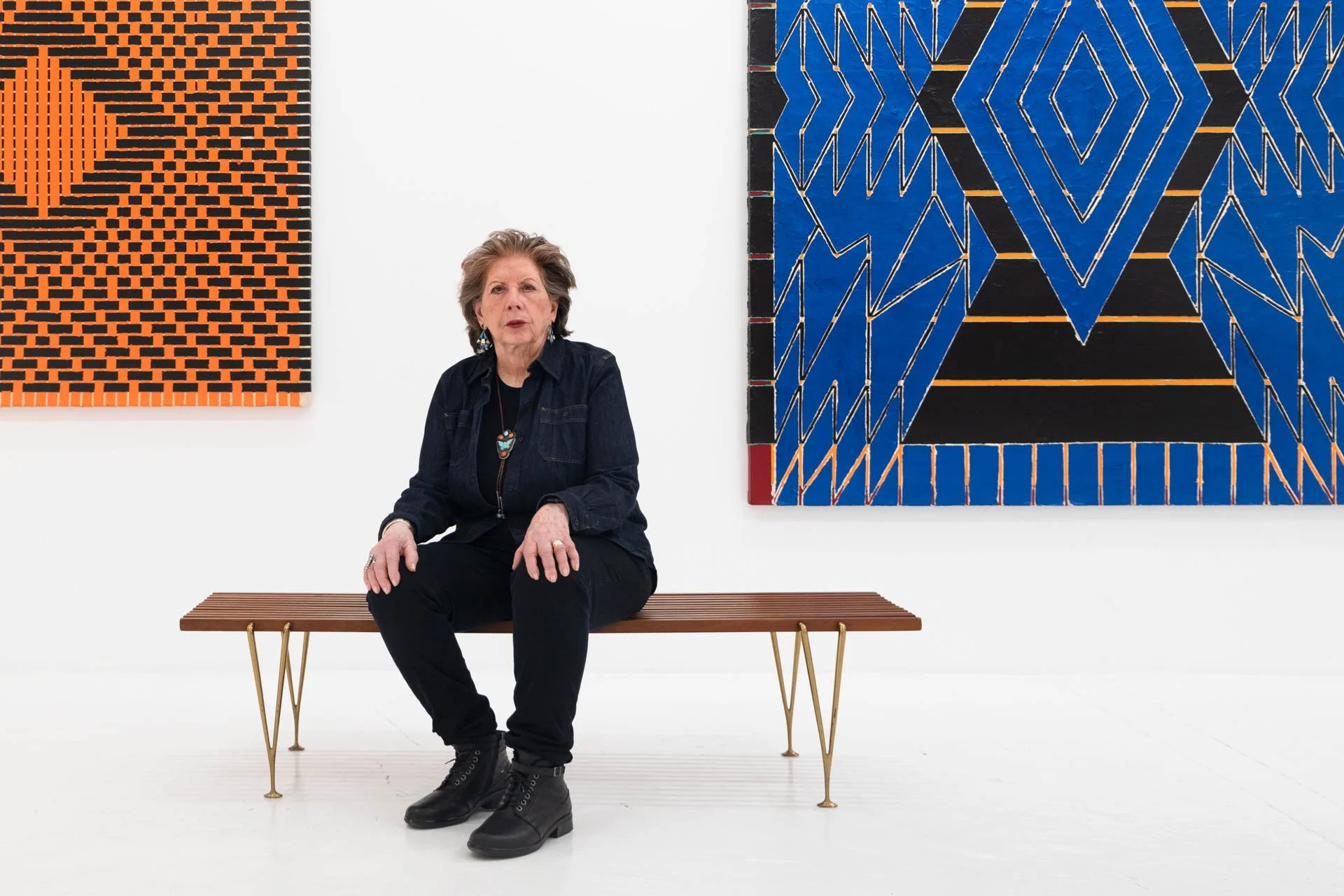
Susan Fortgang
The Spaces in Between
40 Great Jones St
January 15 – March 1, 2025
Eric Firestone Gallery is pleased to present Susan Fortgang: The Spaces in Between, a survey of Fortgang’s career spanning from the mid-1960s through the present. The exhibition will be on view at the gallery’s 40 Great Jones Street location from January 15 through March 1. Susan Fortgang (b. New York, NY, 1944) is a painter who has been working in her SoHo loft since the early 1970s and is known for her highly impastoed gridded paintings. Over the past five decades, Fortgang has developed a singular artistic process and a deep oeuvre; however, this is notably the artist’s first solo exhibition.
The exhibition will trace the arc of Fortgang’s stylistic evolution, from her early “action paintings” made at Yale’s School of Art & Architecture, to her gridded paintings that honor personal, familial, and canonical histories of craft: crocheting, knitting, and needlepoint embroidery. For decades, Fortgang has both worked with the grid - that structure central to modernist painting - and simultaneously broken from it.
Fortgang is a native New Yorker—born and raised in Sunnyside, Queens—who studied painting with Louis Finkelstein at Queens College before going to Yale, where she earned her BFA in 1966 and MFA in 1968. At Yale, she studied with Jack Tworkov and Al Held, alongside fellow students including Howardena Pindell, Fred Sandback, and William Conlon. Her early abstractions used interiors as their starting point. They are composed of biomorphic shapes, energetic wet-on-wet oil painting, and a variety of mark-making approaches, dominated by pink, red, and orange palettes. Her next body of work utilized horizontal color bands, interrupted by dramatic vertical drips across their surfaces.
By the mid-1970s, Fortgang had become disillusioned with what she considered a performative way of painting, and sought to change her working method. As opposed to the existentialist philosophy of Abstract Expressionism, in which the artist might endlessly question the composition, Fortgang sought a clear beginning and end to each painting’s progression. She looked for systems of “making things,” as one approached craft production.
Instead of shape-making, Fortgang turned to the grid; and instead of dripping paint, she began to systematically build layers. She continues to work in this manner: developing very built up surfaces with thick acrylic medium and applying tape in grid formations. As she works, adding layers of acrylic paint, she removes the tape to reveal what is underneath. This process—of working in the reverse—is one Fortgang finds rewarding and satisfying. The resulting paintings are optically provocative, with unexpected juxtapositions of color and metallic pigments. The surfaces are defined by impasto hills and deep valleys. This lends them a curious trompe-l’oeil effect: although they are entirely made with paint, their highly physical nature often causes viewers to first assume they are woven, carved, or built with other materials.
Over the decades, Fortgang has explored systems dominated by primary shapes and forms. Her paintings of the late 1970s explored the diamond, while in the 1980s, her process revealed the shape of an amphora (a two handled vessel used in ancient Greece). Her work of the 1990s suggests patterns found in Native American art, and utilizes an earthy, desert-like palette. In the 2000s, her paintings had black grounds with complex patterns suggesting stars, flora, and fauna. They have a shimmering effect; Fortgang likes her paintings to “shake” with their inner energy.
Fortgang’s works become physical objects to contend with, rather than illusions to escape into. As such, her painting practice becomes one of politics: they shock the viewer into being fully present. For the artist, the very act of art-making became political within the context of the 1970s tenants rights movement. Fortgang has been a SoHo neighborhood activist since that time, and was part of an early wave of artists who achieved protections under the New York Loft Law. Later, Fortgang joined the SoHo Alliance to try to fight rapid gentrification, development, and to protect historic buildings. Through her efforts, alongside those of her artist husband, Robert Schecter, and other working artists, such as friends Jeff Way and Carolyn Oberst, she has maintained a vibrant studio in the heart of Lower Manhattan. Although her paintings don’t have direct references, she has tied her formal process—using tape to resist layers of paint—to political resistance. She is a fighter who distances herself from the romantic in favor of a structural approach.
Fortgang was the subject of a two-person exhibition with Cora Cohen at the SoHo Center for Visual Artists, New York, in 1977; and a three-person exhibition, with Jenny Snider and Miriam Beerman, at Pratt Institute in 1989. Her work was included in the influential exhibition Pattern Painting at P.S.1 in 1977, and these paintings will be on view in the gallery’s exhibition. Fortgang is represented by Eric Firestone Gallery, and this is the gallery’s first solo exhibition of her work.
The exhibition will be accompanied by a fully illustrated catalogue featuring an essay by Stephen Westfall.
Catalog of Show with Essay by Stephan Westffall
This exhibition is a survey of nearly sixty years of work. It proceeds in clusters, coherent constellations, really: some closer together and others decades apart. But painting is a long game. I remember Joan Snyder telling a room of eager young graduates at a CAA convention, “it takes a long time to learn how to make a good painting,” something that nobody wanted to hear.
Gavlak Gallery - “Women in Abstraction”
West Palm Beach, FL – September 2024 – GAVLAK is thrilled to announce its upcoming group exhibition, Women In Abstraction: Shaping Expressionism, which will run from March 8, 2025 to April 5, 2025 at its West Palm Beach location. This ambitious showcase brings together the work of pioneering female artists who have each made a significant impact on the world of Abstraction Expressionism, whose bold innovations helped shape modern art.
GAVLAK Presents: Women In Abstraction: Shaping Expressionism
West Palm Beach, FL – September 2024 – GAVLAK is thrilled to announce its upcoming group exhibition, Women In Abstraction: Shaping Expressionism, which will run from March 8, 2025 to April 5, 2025 at its West Palm Beach location. This ambitious showcase brings together the work of pioneering female artists who have each made a significant impact on the world of Abstraction Expressionism, whose bold innovations helped shape modern art.
While often overshadowed by their male counterparts, artists such as Elaine De Kooning, Helen Frankenthaler, Jay DeFeo and Pat Passlof redefined artistic expression through gestural brushwork, emotional intensity, and radical experimentation with color and form.
In addition to showcasing historical works, this exhibition highlights contemporary artists influenced by these pioneers, demonstrating how Abstract Expressionism continues to inspire new generations. The exhibition features large-scale canvases, sculpture, immersive installations, and multimedia works that reimagine the expressive potential of abstraction in today's context.
"Women In Abstraction: Shaping Expressionism" celebrates the individuality and achievements of extraordinary female artists, emphasizing their vital role in the evolution of abstract expressionism. By bridging past and present, this exhibition highlights their enduring influence on modern and contemporary art, honoring their contributions and lasting impact.
Lynda Benglis
Jessica Cannon
Judy Chicago
Renée Condo
Elaine De Kooning
Jay DeFeo
Sonia Delaunay
Lynne Drexler
Torkwase Dyson
Marisol Escobar
Perle Fine
Susan Fortgang
Helen Frankenthaler
Sonia Gechtoff
Pam Glick
Cynthia Hawkins
Loie Hollowell
Field Kallop
Karen Carson
Abby Leigh
Nancy Lorenz
Vera Lutter
Sylvia Plimack Mangold
Fabiola Menchelli
Wangechi Mutu
Elizabeth Neel
Louise Nevelson
Betty Parsons
Pat Passlof
Joanna Pousette-Dart
Deborah Remington
Alice Rahon
Loló Soldevilla
Lily Stockman
Alexis Teplin
Julia Von Eichel
Mary Weatherford



